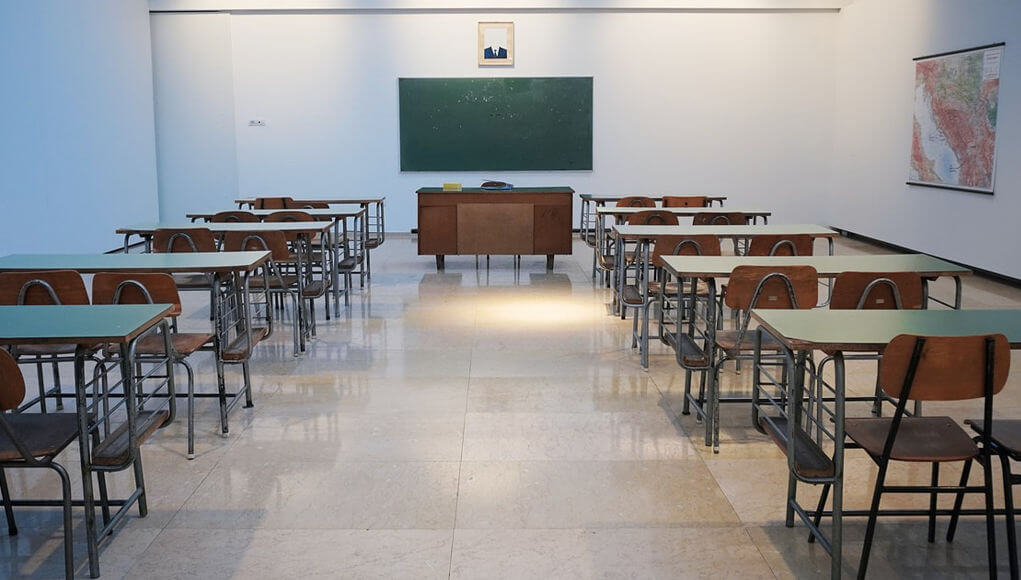No School, No Fees, a demand, on paper, seems concise and simple but will be a huge blow to the economic dynamics of society.
The Delhi High Court, a few months back, made it clear that tuition fees should not be exempted. They refused to admit any petition that sought to request the private schools not to charge fees. However, concessions should be made with regard to transportation, uniforms, labs, and other likewise developments. Furthermore, no schools can prohibit students’ access to online education if they are unable to pay fees.
Inspitesuch outright and clear decisions, demand for exemption of fees seemingly is on the rise.
But even if for argument’s sake, we assume that fees are exempted, what would be the economic repercussions of it?
No sector generating income stands independent of one another. It is a whole chain of co-dependency and support. If given human impersonation, schools are like humans, with a past and a future. Exemption of fees would affect the future and thereby the quality of education imparted. The teachers face unemployment and low levels of income since it would be impossible for any school franchise owner to continue paying them their salaries at length without any transaction. The non – teaching staff, however, would be the worst hit category, with even most of them perhaps facing starvation. Although self-explanatory, the non-teaching staff would include the departments of accounts, transportation, maintenance, public relations, and others. To abandon the schools at this stage would be suicidal for education in the impending years.
A principal reason why private schools should be supported is mere because of their contribution to education on the whole since government schools, in general, impart poor education, record low performances, and cannot facilitate sufficiently equipped teaching faculties. Such reports of government schools and their inefficiency have been well accounted for in the public domain. The student-teacher ratio in government schools is as high as 70:1 in some schools; most of them have either been merged or locked down. Although class attendance recorded is high, most students cannot read and write even if they have completed their basic education under the “Right of Children to Free and Compulsory Education” (RTE Act). No wonder the huge demography of Indian youth today is unemployable.
These are several reasons why English-medium private schools aiding students to adopt fluency in English along with other benefits, are opted for in the first place by the parents.
However, the condition we face today is unprecedented and is likely to alter the entire dynamic of the education system.
Even if the students are not physically present in classrooms, equally thorough classes are being held over the internet by the teachers. With time, there has been a growth in technological efficiency as well.
So the demand for exempting tuition fees, on grounds that students are not going to schools, is practical without much substance because the point of the payment of fees is not the attendance or physical presence but rather imparting of lessons.
The demand for complete exemption of transportation fees is unlikely too. The drivers and conductors face economic crisis otherwise. What rather could be done, is the exemption of fees for labs, development, and infrastructure and to subtract the money of petrol and fuel from the transportation fees. Chief ministers of several states have already advised private schools not to increase their fees in the next financial year.
The tussle between the two sides could eventually impact the students and their education, so a cooperative action needs to be undertaken.
For parents who themselves face job crisis and are under great financial duress, can personally write to the school authorities to provide them with concession, the process of which must be kept private.
Fees regarding maintenance need to be agreed upon since it now becomes vital for the schools to sanitize and deal with the toilets more effectively. This would, later, lead to stability and the children’s safety. A mature approach towards it would be helpful since it otherwise would put the health of many students, teachers, and staff alike, in jeopardy.
In these times of financial, psychological, and social distress, it is imperative that schools are allowed to run without much opposition. It, however, is the responsibility of all schools to maintain healthy connections with parents of every student and address their problems in private. Even if fees cannot and should not, in fact, be curtailed in general, for those parents who really cannot, schools should consent to a huge cut off or concession of fees. If salaries of some teachers are slashed by 10 or 20 percent under these circumstances, they must be adjusted later.
The best way to address it is to determine income slabs and fix the cut off rates across the country. To have a fixed rate for all teachers with varying salaries, would be discriminatory.
Several private school teachers commented, “To get used to the technologies and sit in front of such screens for hours is difficult. Some of us have set up Wi-Fi cables. Some of us are newly married and are parents ourselves of school-going children. We all must compromise in our ways. ”
The Supreme Court made it clear that no coercive action can be taken for non-payment of full wages or salaries by private companies. What is advised is to reach a settlement that requires cooperation among all.
Across the country, several demands were made to reach a compromised outlook, some of which can be applied.
The parents should be allowed to pay fees in installments. The government shall pay interest-free loans to small private schools so that the maintenance and salaries can be covered.
https://easternherald.com/society/no-anti-racism-protest-rally-india-66276/
When demography inclines towards the youth, unemployment is rising, prejudices are deep-rooted and several are unemployable, the last thing on the list that needs to be compromised is education. It is the backbone of any society and the only solution to address the dwindling literacy rates.
In hindsight, the adoption of holistic methods of learning, teaching, and maintaining the balance between parents and the school management, is the call for the day.













Comments are closed.